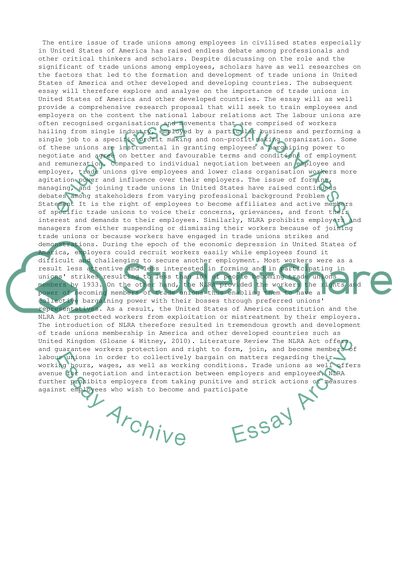Cite this document
(“National Labour Relations Act Research Proposal”, n.d.)
Retrieved from https://studentshare.org/business/1404388-chose-any-topic-about-labor-problems-in-the
Retrieved from https://studentshare.org/business/1404388-chose-any-topic-about-labor-problems-in-the
(National Labour Relations Act Research Proposal)
https://studentshare.org/business/1404388-chose-any-topic-about-labor-problems-in-the.
https://studentshare.org/business/1404388-chose-any-topic-about-labor-problems-in-the.
“National Labour Relations Act Research Proposal”, n.d. https://studentshare.org/business/1404388-chose-any-topic-about-labor-problems-in-the.


